A four-way contest under way between the Assad regime, Russian interests, Iranian interests, and unreconciled former rebels.
Background
The current volume of attacks taking place in Deraa province suggest that something close to a local mini insurgency is now taking place in western Deraa. Deraa was the birthplace of the rebellion which became the Syrian civil war. The area was re-conquered by the Syrian regime assisted by Russian and Iranian elements in June-July 2018. Major combat at that time was avoided by a Russian brokered ‘reconciliation’ agreement, coming into effect in August 2018. This involved, variously, the co-optation of rebel militia structures into the security structures of the Syrian regime, the departure of around 5,000 former rebels and their families to Syria’s north west, (out of an estimated total rebel presence in the province of 30,000) and the conscription of individual rebels into the regime’s security forces as part of the process of normalizing their status. The emergence of this insurgency, in turn, is raising the possibility of a large-scale regime offensive across western Deraa, which if carried out could bring pro-Iranian elements closer to the borders with Jordan and Israel.
The tempo of attacks is constant. On Monday, June 2, in western Deraa Province, south west Syria, gunmen attacked a checkpoint of Syrian Air Force Intelligence close to the Al-Dababeh roundabout, in al-Harak town. This attack is the latest incident in an escalation under way in Deraa province over the last year. According to the Syrian Observatory for Human Rights, 489 attacks have taken place on regime forces in the province since last June. The Observatory puts the death toll in these attacks at 322, including 167 regime soldiers, associated militia members and collaborators. In addition, 52 members of opposition factions who had undergone ‘reconciliation’ processes with the regime have been killed, and 17 members of militias affiliated with the IRGC/Hizballah structure. The largest scale single act of violence in recent months took place on May 4, when former rebel commander Qasem al-Subehi led an attack of 15 former rebels on a police station outside the town of Muzayrib in western Deraa in which nine regime policemen were killed. As a result of this attack, the Syrian Army’s 4th Division is currently building up forces outside the town of Tafas. An agreement has been reached to allow for a broader temporary deployment of regime (4th Division) forces in western Deraa outside of villages and towns. The deployment of these forces began on May 30.
Reasons for the Violence
The situation in Deraa differs from elsewhere in Syria in significant ways. The Syrian Arab Army is not permitted to operate freely throughout the entirety of the province, in accordance with the terms of the 2018 reconciliation. As part of the agreement, in order to avoid bloodshed, certain rebel groups committed to surrender and cooperate with the Russians in future security arrangements in their areas. However, the terms of their surrender included the non-entry of Syrian regime forces or Iran-associated forces into the areas in question. The result of this agreement has consequently been not the straightforward transfer from rebel control to Assad’s sovereignty and a return to the status quo ante bellum, but rather a complicated distribution of authority involving a variety of players.
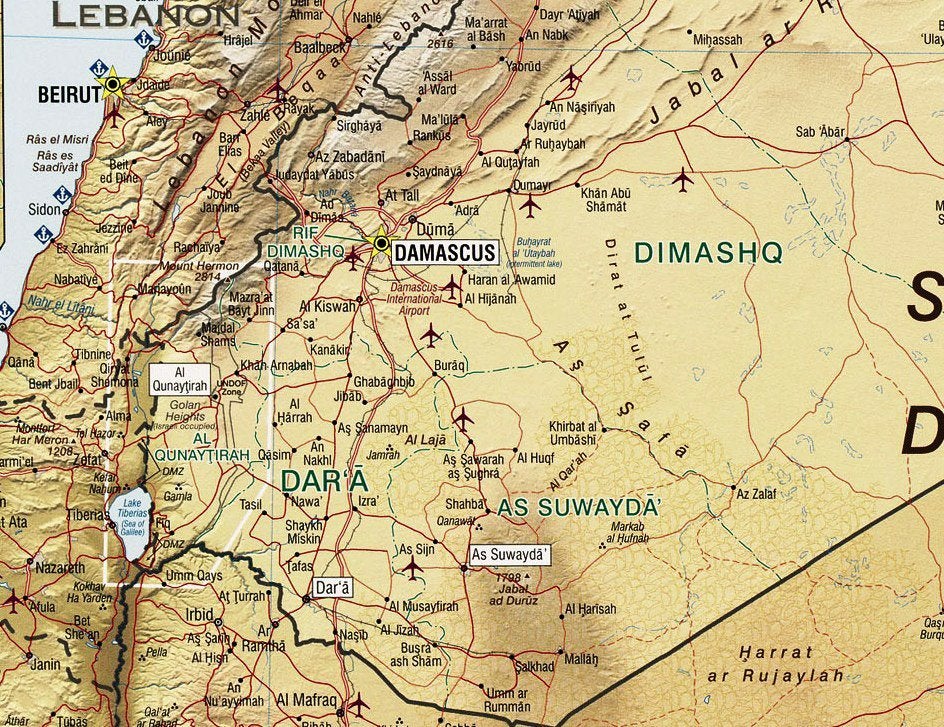
The Russian-led negotiations facilitated the quick transfer of the area back to nominal regime rule. But the Russians have strictly adhered to the terms of the agreements reached, including keeping regime forces outside of the relevant areas. The result is that the military unit responsible for security in eastern Deraa province is the 8th Brigade of the Russian controlled 5th Assault Corps. The brigade consists in its majority of former rebels. It is commanded by Ahmed al-Oda, a former rebel commander. Al-Oda was responsible for the rapid transfer of eastern Deraa to the Russians in July 2018 and remains a client of Russia. Eastern Deraa remains almost free of the current spate of violence, which is centered on the western part of the province, where the Syrian Arab Army and the IRGC/Hizballah are active.
The Deraa province is characterized by a tight clan structure. This leads to a high degree of community cohesion around the various clans. These strong local communal structures formed a useful and durable basis to the insurgency, with rebel leaders able to call on the support of their own clan leaderships and structures. The western part of the province also has a large number of unreconciled rebels and a large amount of light weaponry.
The regime has been slow and sluggish in its return of vital services, including water provision, electricity and health care to the Deraa province. In Eastern Deraa, the rapid surrender meant that basic infrastructures were less damaged than elsewhere. Russian patronage of the reconciled former rebel authorities in that area has also improved the process of communication with the authorities. As a result, provision of such basic utilities as water is notably better in this area.
These elements – poor regime reconstruction, strong local communal structures, continued presence of unreconciled rebels and of weaponry – , alongside the inconsistent and somewhat chaotic ‘reconciliation’ process, and of course Deraa’s status as the birthplace of the rebellion and consequent continued strong anti-regime sentiment has led to widespread continued opposition to the regime.
Outside of the eastern part of the province which is maintained by the 8th Brigade and the Russian military police, and under the nominal authority of the Assad regime, a chaotic variety of organizations are operating, including ‘reconciled’ rebel militias, Syrian state security agencies, IRGC/Hizballah associated militias such as Brigade 313, and IRGC/ Hizballah itself. It is within this chaotic and poorly governed space that the nascent insurgency against the regime is operating.
As one Deraa resident expressed it to Syrian researcher Abdullah al-Jabassini: “armed attacks are the normal result of the regime’s reluctance to fulfil its promises … many people have nothing to lose, they opted for weapons again.”
The situation in south west Syria is further complicated by rivalries between Iran and Russia, both of which maintain client structures within the hollowed out Syrian Arab Army. The 4th Division, controlled by Maher Assad, brother of President Bashar Assad, cooperates closely with the Iranian interest, as does the powerful Air Force Intelligence, commanded by Major-General Jamil Hassan. Russia, meanwhile, maintains the 5th Assault Corps which, as mentioned above, is dominant in the eastern part of the province.
The IRGC and Hizballah are actively recruiting to their own client structures in western Deraa. The area is of importance to them because of the close proximity to Israel and Jordan. By offering attractive salaries to recruits (between $200 and $500 per month), they have succeeded in recruiting over 1000 local men to their ranks, including many ‘reconciled’ former rebels (this is not a huge success when one considers the 1600 members of the Russian-recruited 8th Brigade). However, anti-Hizballah sentiment runs high in these areas and the groups’ activities may well be exacerbating tensions in western Deraa and areas outside of full Russian control further east.
As one eastern Deraa resident told researcher Abdullah al-Jabassini: “Hezbollah is determined to eliminate any source of potential resistance to its presence in Deraa, its fighters are targeting former activists and former opposition fighters who did not reconcile with the regime and show signs of rejection of Iran or Hezbollah … this is Hauran, the people of the land have their own ways to end the Iranian plan for the south, and they are the ones who will have the final word. ”
Who is Conducting the Attacks?
At present, it is not clear who is carrying out the attacks. Two nominal organizations, Popular Resistance and the ‘South Companies’ emerged in late 2018/early 2019 and began to claim responsibility for attacks. These, however, were widely regarded according to opposition sources as ‘false flag’ initiatives undertaken by the regime to locate and then neutralize opposition. They have largely faded from visibility in recent months.
The question of Islamic State involvement in the attacks in western Deraa also remains unclear. A franchise of the organization, the Jaysh Khaled Ibn-Al Walid, existed and held territory close to the border with Israel until July 2018. Many of this organization’s members were not incarcerated, but simply returned to their homes in the Yarmouk basin following the eclipse of rebel authority.
Syrian opposition sources quoted in Arabic media suspect that an ISIS sleeper cell carried out the killing of four members of the ‘Central Committee’ which is responsible for negotiations with the regime, near the town of Muzayrib in western Deraa on May 27. Syrian opposition sources suggest that the regime wants the security chaos in western Deraa to continue and intensify to justify a large-scale regime/IRGC/Hizballah military operation into the area. According to these sources, the regime may be making use of former Jaysh Khaled elements to foment instability in the areas of no regime presence. Such allegations cannot be proved, of course, but there are many past instances of the Assad regime’s manipulation of Salafi jihadi elements in this way.
Regarding the issue of possible links between those carrying out the attacks in western Deraa and Jordan or Israel – no reliable information is available. Both countries at one time had extensive links with armed opposition factions in the province. The Jordanian and western supported Southern Front once controlled 70% of the Province. Jordan hosted the Military Operations Command (MOC), a US-led mechanism of support for the rebels (The support ended in January, 2018). Israel, meanwhile, is known to have been linked to rebel groups in the province, such as Firqat Ahrar Nawa, and Liwa Fursan al Jolan. No evidence has emerged in the public sphere regarding remaining links between either country and those elements currently engaged in fighting against the Assad regime in Deraa Province. This remains an interesting possibility worthy of further study.
Assessment
The situation in Deraa is set to remain unstable, with a four-way contest under way between the Assad regime, the Russian interest, the Iranian interest, and the unreconciled, armed, former rebels. There are no dividing lines between these interests – rather, they are intertwined. That is, both Russians and Iranians have client groups within Assad’s security forces, while elements of the rebels are working in close cooperation with the Russians. The interest of the Iranian-associated element within the security forces (the 4th Division, Air Force Intelligence) is clearly to reassert full control throughout western Deraa. They are keen to disregard the terms of the 2018 agreement and use the unrest as an excuse for a large-scale incursion into western Deraa and a build-up of forces is currently under way. Control of this area would bring these elements to the borders with Israel and Jordan. As has been seen throughout Syria, where these elements of the regime go, the IRGC/Hizballah element comes with them. As such, developments in Deraa are of direct interest to both Jordan and Israel, and should form part of the general assessment regarding the Iranian presence and penetration in southern Syria.
JISS Policy Papers are published through the generosity of the Greg Rosshandler Family.
Photo: Shutterstock / Qasioun News Agency
Map source: https://www.reddit.com/r/MapPorn/comments/26847j/terrain_map_of_southern_syria_and_surrounding/

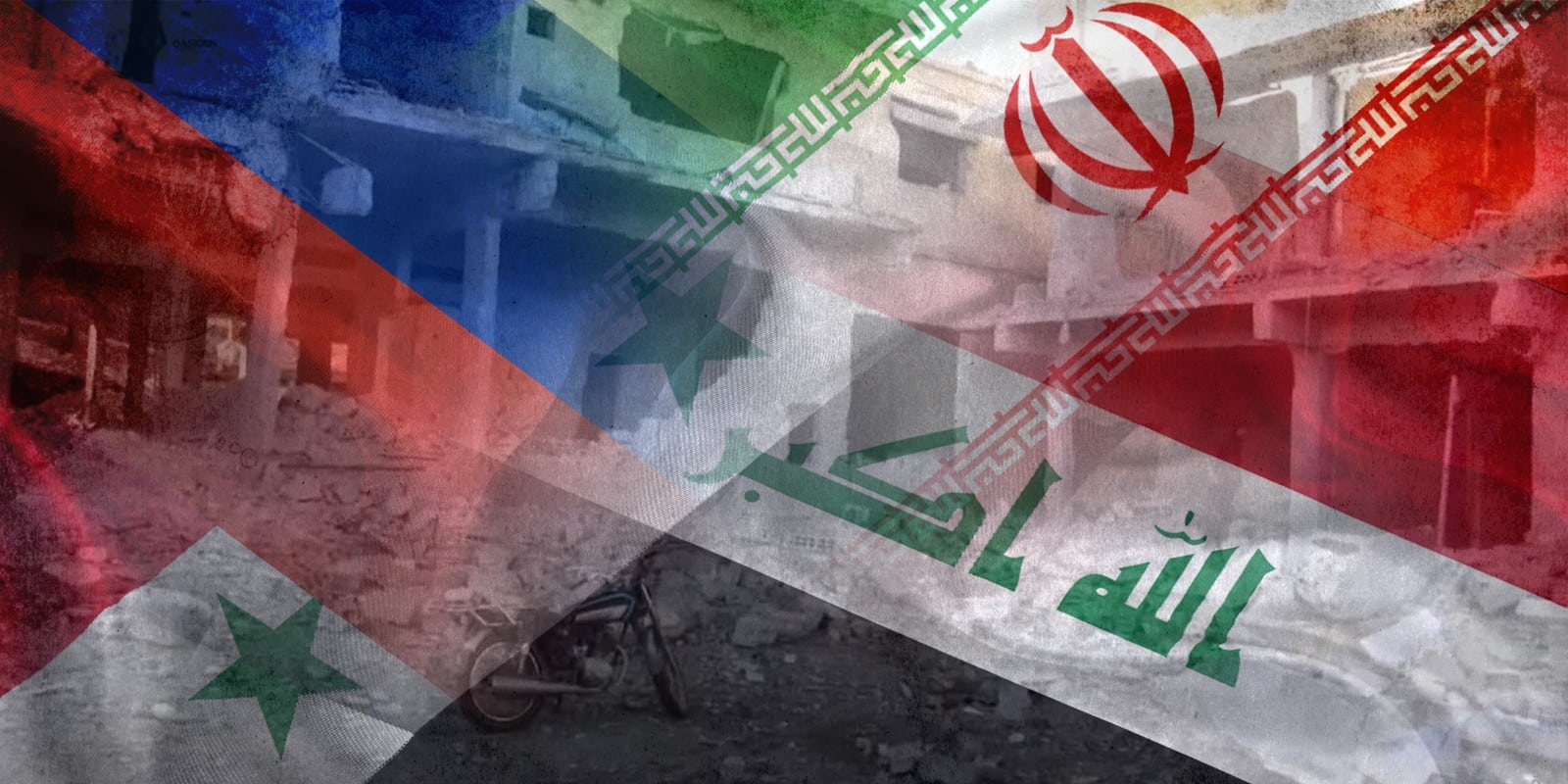
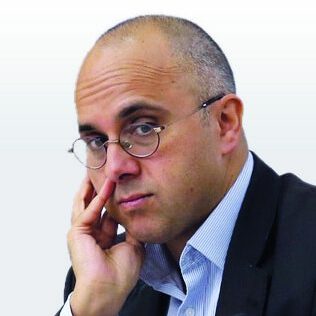
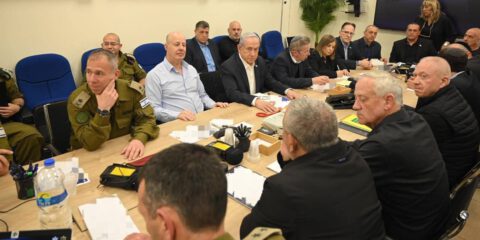

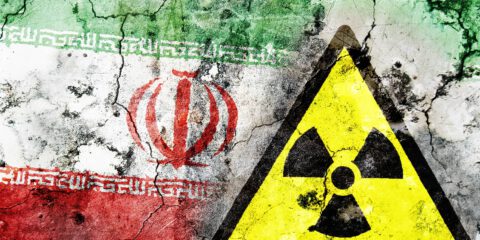
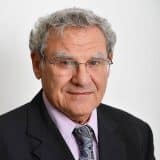
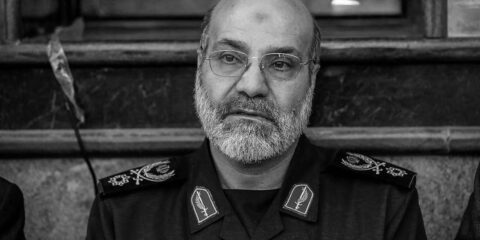
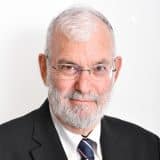
 - בניית אתרים
- בניית אתרים